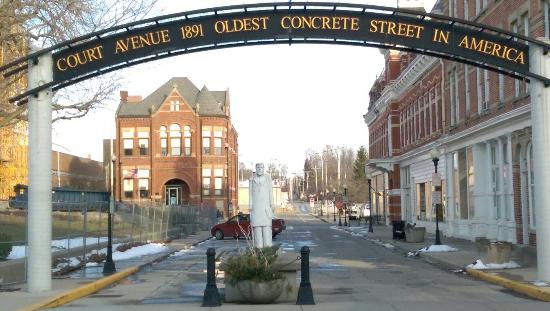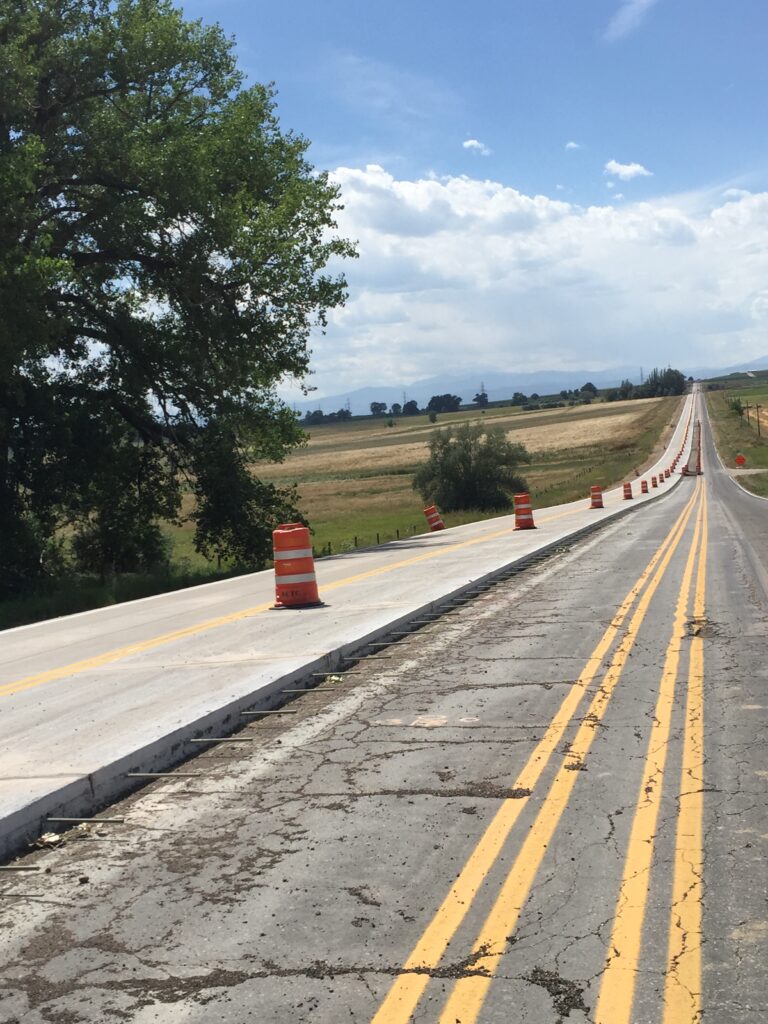concrete pavements
Concrete Pavements in Alabama
A History

Concrete Pavements have been in use in the United States for almost 130 years. The first concrete pavement constructed in the U.S. was Main Street in Bellefontaine, OH. In the south, one of the first concrete roadways was the “Dollarway Road” built in Redfield, Arkansas between November 1913 and October 1914. It was called the “Dollarway” because it cost one dollar per linear foot to construct and when complete, it was the longest continuous concrete pavement in the United States.
In alabama
During the 1960’s and 1970’s. much of the original interstate construction was done in concrete.

Many of these roads are still serving Alabama roadways today.
Alabama Timeline
- 1960 – 1985 : Approximately 40% of Alabama’s Interstates were paved with concrete. Early designers of the Interstate had no idea how this new concept of roadways with no signals nor stops would attract traffic from other routes. Early section were designed to handle 10% truck traffic. Some of those interstates are carrying nearly 50% truck traffic.
- 1985 – 2007: From 1985 to 2000, ALDOT did not let a major section of concrete pavement.
- 2007 to 2015: ALDOT lets it first major concrete project in 22 years. The 11 mile project on I-59 beginning near Gadsden attracted an amazing 8 contractors. The low bidder was $13M below ALDOT estimates.
- This project were followed by two projects in Birmingham on I-65 and I-20.
- 2015 to Present: After a spirited debate between concrete and asphalt over Life-Cycle-Analysis (LCCA) parameters, the Director agreed to let 10 Alternate Bid/Alternate Design projects without factoring LCCA analysis into the process. Since 2015 there has been only 1 AD/AB project let.
current usage
Often times, State DOTs think concrete is a viable option only for new construction or reconstruction of high-volume urban expressways.

Concrete has many solutions that can be used in many applications (interstates, state highways, county roads, local streets and roads, materials, intersections, parking lots, industrial yards, etc.) and all should be used and applied when appropriate.
While Alabama has not used much concrete pavement in the last 20 years, it is not because an ineffective solution.

Three State’s (Iowa, Wisconsin and Nebraska) spend nearly 50% of their paving budgets on concrete pavements over the last 14 years. Similarly 11 other states (Michigan, North Dakota, Colorado, Idaho, Minnesota, Delaware, Indiana, Utah, South Dakota, Texas, and Oklahoma) have spent between 20 and 40% of their paving budget on concrete pavements and are benefiting from the competition between industries.
innovations
In an environment where effectively only one industry participates (i.e. one industry essentially guaranteed to win project bids), the system is much more vulnerable to innovation stagnation and quality challenges (as there is little incentive to invest in either).

Over the last the 25 years, the concrete pavement industry has developed new process, such as Next Generation Diamond Grinding Surface, and products such as Concrete Overlays of Asphalt to extend the life of our highway systems. This is essentially a new concrete pavement on top an existing asphalt pavement and it uses the exiting pavement as a part of the structure.
This greatly strengthens the structural capacity of the existing pavement; save both on initial costs and long-term costs; and is a highly sustainable solution that will need little repair over its life.